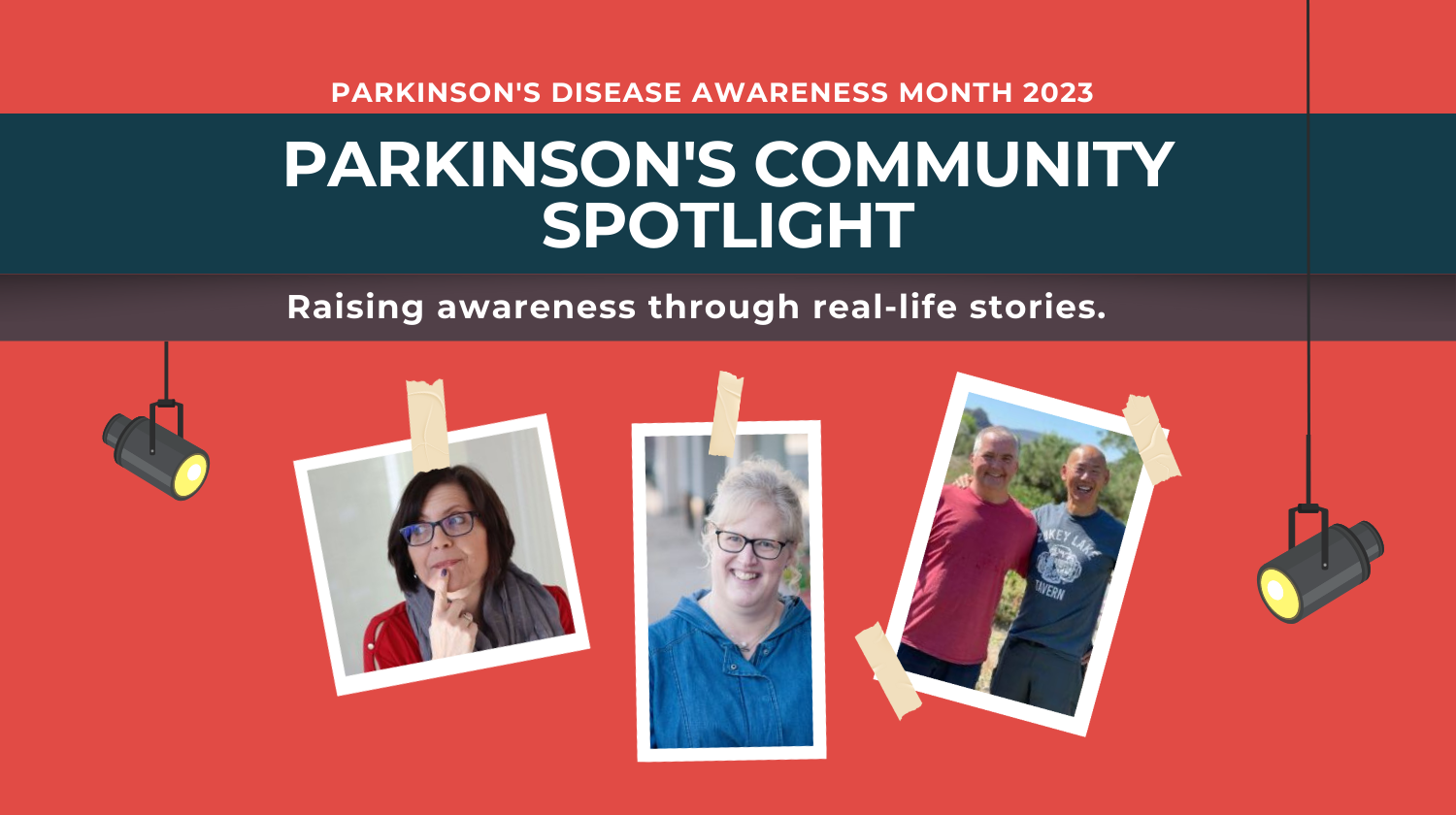Parkinson’s crept on ‘soft paws’ into young woman’s life


Ruth Geiser as a young woman, shown in a photograph taken around 1982. (Photos courtesy of Ruth Geiser)
This is Ruth Geiser’s story:
It took some time until I became aware of it, sneaking in on soft paws. At the age of 24, I realized something had changed, putting down in my diary: “I have a problem with my movements.”
My handwriting had changed, and not for the better. It had become scrawled and slow.
After working as a teacher for three years, I returned to university studies. In those days, students tried to capture the gist of a lecture in handwritten notes. It helped if you were fast. I wasn’t, and my slowness increased during the day. With everything I was doing, I tired in no time and my gait grew heavy.

Geiser at a school camp. She remembers “how hard it was for me to fulfill what chores I had to do.”
My disease symptoms then were only visible when I was under stress: After a sleepless night or at the end of a busy day. But as months went by, my normal days grew unwieldy. My feet often came into conflict with the ground, so that the tips of my shoes looked badly abused.
I concentrated on my movements and tried to analyze them. It felt like driving with one foot on the brake. Flexing my foot became a problem. I walked a bit like a toddler.
While I still had no problems climbing stairs or jogging, walking seemed as if I had to invent each single step. Things I had been doing all my life without even thinking of them became tricky tasks. My days grew extremely tiring.
At first I saw my problems in the context of a certain disorientation in my young life. I had started my studies with enthusiasm, but this soon gave way to serious doubts as to whether it was the right thing for me to do. I was not used to spending whole days just reading books.
I can hardly describe the degree of my desperation. I was in my mid-20s, my friends were all healthy and fit, and I had problems walking to the end of a railway platform.

Geiser, second from left, notes this photo and her bent knees capture the extent of the constant fatigue she felt in her 20s.
I went to my family doctor, mentioning to him that my problems felt as if they were caused by my brain. It just couldn’t coordinate my movements the way it used to.
He laughed and said: “If you were 30 years older that may be the case, but at your age? No way!” He prescribed me some mud treatment once a week.
A year later, my symptoms had become more and more disturbing, and I had lost more than a stone (about 14 lbs) in weight. My doctor asked for an update.
He was not alone when I came to the office; a student of medicine was also there. By coincidence, the student had known me for years. We used to be neighbors. He was taken aback and said immediately: “This is not the Ruth I know. She used to move in a completely different way.”
My physician gave me an appointment with a neurologist.
I went to the library and took a book out written for medical students: an introduction to neurology. I thumbed through it and saw a picture of an old man standing, knees and shoulders miserably bent. I saw myself in the photo. That was my disease. Above the picture was written: Morbus Parkinson (Parkinson’s disease).
All this was almost 40 years ago. I have lived practically my entire adult life with Parkinson’s.
Those years before being diagnosed with Parkinson’s were the toughest. When in my mid-20s, I suffered from this disease, yet went without a diagnosis or treatment.
In recognition of Parkinson’s Awareness Month in April, the Parkinson’s Community Spotlight campaign features a series of stories highlighting the real-life experiences of people affected by Parkinson’s disease written in their own words. Follow us on Facebook and Instagram for more stories like this, using the hashtag #ParkinsonsSpotlight, or read the full series.






